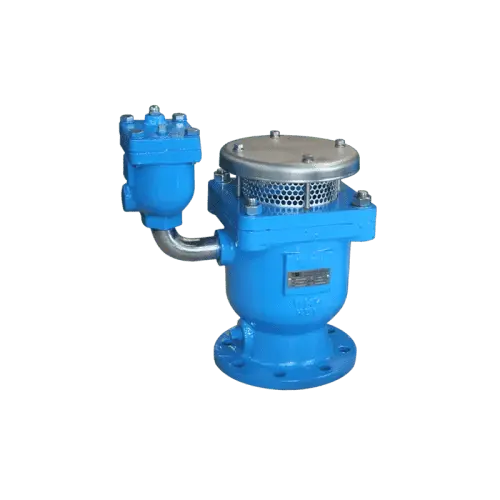Posted on February 6, 2024
How do electrically actuated valves contribute to energy efficiency in industrial automation?
Electrically actuated valves play a crucial role in enhancing energy efficiency in industrial automation by offering precise control, rapid response, and the ability to integrate seamlessly into automated systems.
Here are several ways in which electrically actuated valves contribute to energy efficiency:
- Precision Control: Electric actuators provide precise control over the valve position, allowing for accurate regulation of fluid flow rates and pressure levels. This precision helps optimize the overall process, ensuring that the system operates at its most efficient point.
- Variable Flow Control: Electric actuators enable variable and modulating control of the valve position, allowing for adjustments to meet changing process conditions. This flexibility helps match the actual demand, preventing unnecessary energy consumption during periods of lower demand.
- Energy Savings in Partial Load Conditions: Electric actuators can efficiently operate at partial load conditions, adjusting the valve opening to meet the specific requirements of the system. This capability is especially important in processes with varying loads, as it prevents the need to run the system at full capacity when not necessary.
- Remote Monitoring and Control: Electrically actuated valves can be integrated into industrial control systems, enabling remote monitoring and control. This feature allows operators to make real-time adjustments based on process conditions, optimizing energy usage without the need for physical presence at the valve site.
- Quick Response Time: Electric actuators have faster response times compared to some other types of actuators. This quick response allows for rapid adjustments to changing conditions, minimizing energy waste during transient states and ensuring the system operates at optimal efficiency.
- Position Feedback and Closed-Loop Control: Electric actuators often incorporate position feedback devices, such as sensors, china valve supplier to provide real-time information on the valve’s position. This information can be used in closed-loop control systems to maintain precise valve positions, reducing energy losses associated with overshooting or undershooting the desired setpoint.
- Integration with Energy Management Systems: Electrically actuated valves can be seamlessly integrated into broader energy management systems. By incorporating them into a comprehensive control strategy, industrial facilities can optimize energy usage across multiple processes and equipment.
- Reduced Maintenance Downtime: Electric actuators generally require less maintenance compared to some other types of actuators. Reduced downtime for maintenance means that the system can operate continuously, avoiding unnecessary starts and stops that can be less energy-efficient.
- Adaptability to Renewable Energy Sources: In facilities where renewable energy sources are employed, electric actuators can easily adapt to changes in power sources. This adaptability allows for better alignment with the availability of renewable energy, further enhancing the overall energy efficiency of the industrial process.
In summary, electrically actuated valves contribute to energy efficiency in industrial automation by providing precise control, adaptability to varying conditions, and integration capabilities with advanced control systems, ultimately helping industrial processes operate more efficiently and sustainably.


